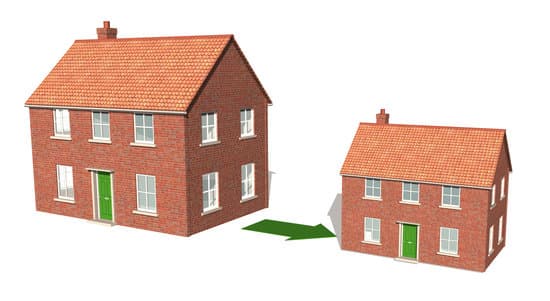Three solutions for the three toughest challenges furniture retailers face
On the surface, retail appears to be an easy business. People need stuff. You have stuff. You sell the stuff. People buy the stuff. Easy-peasy, right? (Feel free to cackle-laugh at this ignorant statement.)

The reality is that retail is a tough, competitive business. Challenges pop up around every corner. Savvy retailers stay one-step ahead of challenges before those challenges become industry- and business-threatening problems. We’re here to help you do that.
Challenge #1: Increasing manufacturing costs
Due to an increase in materials and changing labor laws manufacturing costs have increased. Many furniture manufacturers are choosing to eat these costs, but some are passing the increase down the chain to retailers.
Solution: Knowledge is power
This increase in cost means that retailers must be efficient in their staffing, ordering, and merchandising. To avoid overages and mistakes in these areas a cloud-based retail management system will provide the sales data necessary for accurate planning. With a cloud-based RMS, retailers have easy access to historical sales data so that retailers can analyze shopping trends and customer preferences.
Challenge #2: Stock-outs
As a customer, I want what I want when I want it. Any interruption in my shopping experience could result in my deciding against the purchase. If a store is too warm, I typically leave without a single item purchased. If lines are too long, I decide I don’t want whatever I walked into the store to purchase. And, if an item I need is out of stock, I will go somewhere else for a similar item.

Solution: Integrated RMS
An integrated RMS will provide your team with total visibility. Operation managers, warehouse managers, floor designers, and sales associates can access inventory in real time and track sales trends. This data will allow for timely and accurate ordering, reducing overages and ensuring the products your customers want will be readily available.
Challenge #3: Changing customer demand
Customer preferences and buying habits evolve, and housing trends have a direct impact on the furniture industry. In 2016, 37% of households rented their living space. Furthermore, single-person homes and families seeking smaller houses and apartment homes are on the rise. These smaller spaces call for fewer pieces or smaller furniture.

Solution: Market analysis
Conducting a market analysis will lead your leadership and sales team to know who your ideal customer is. Once you define your ideal customer, you can sell to that customer.
Rather than viewing these trends of downsizing as a problem, consider it a chance to fill thatcustomer’s needs. If your customers live in apartment homes, offer stylish options in smaller furniture solutions. If your customers are transient such as in military towns, offer modular options that can move with the family and adapt to whatever space they may move to in the future. If your customers are all suburban families with master suites and sprawling backyards, then go for it. Stock that California king and the ten-piece patio set. Whatever you order, make sure you are ordering for the customers you will have, not for some random, undefined customer.

One across-the-board solution to all these challenges is an RMS that works for you and your business. Furnishzing is that RMS—integrated, cloud-based, and easy to use. With Furnishzing RMS, your team will have the visibility they need to help your business thrive. To learn more about Furnishzing, click here.


0 Comments